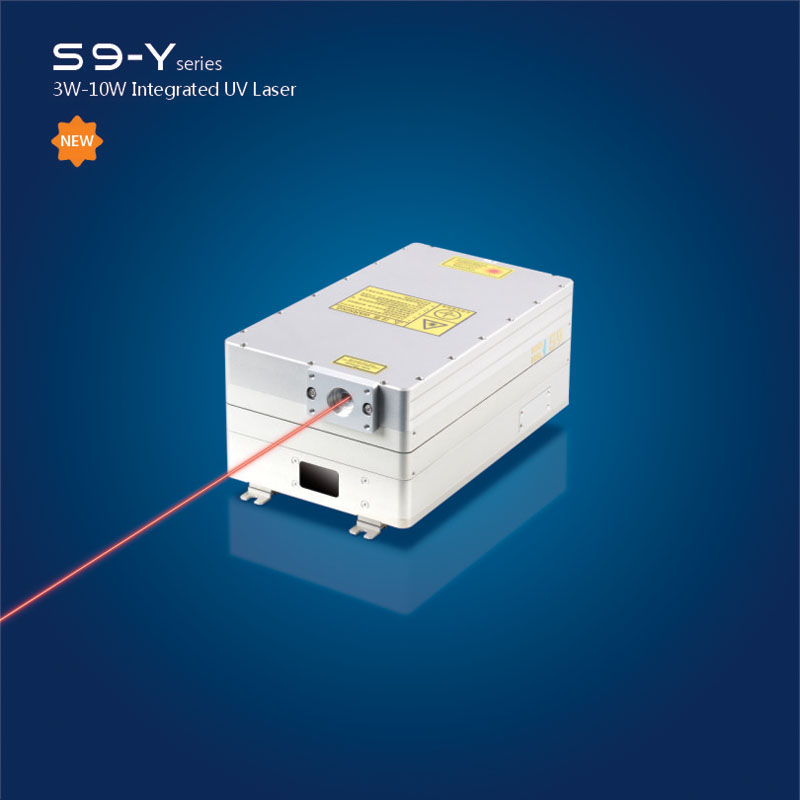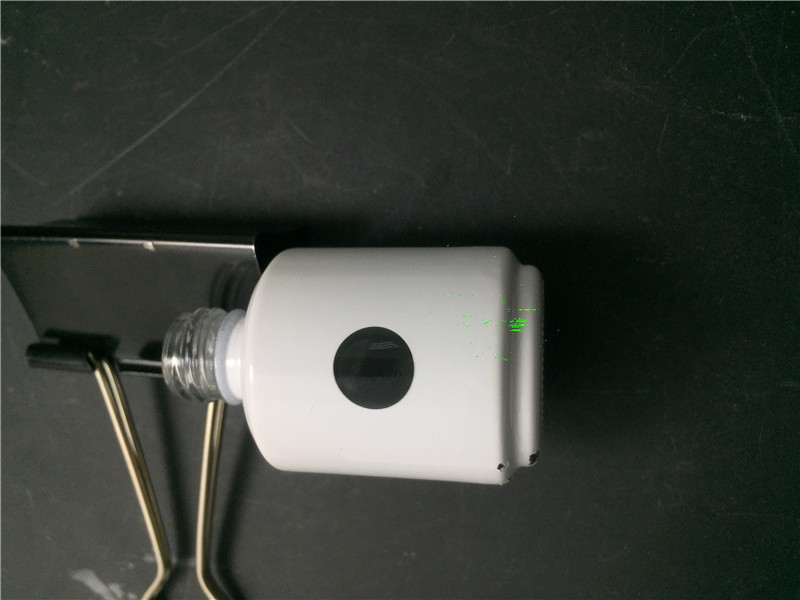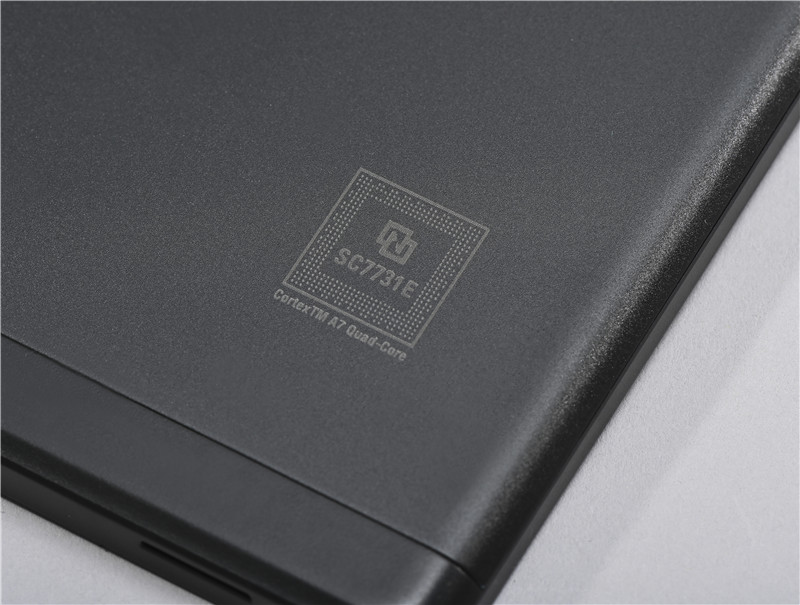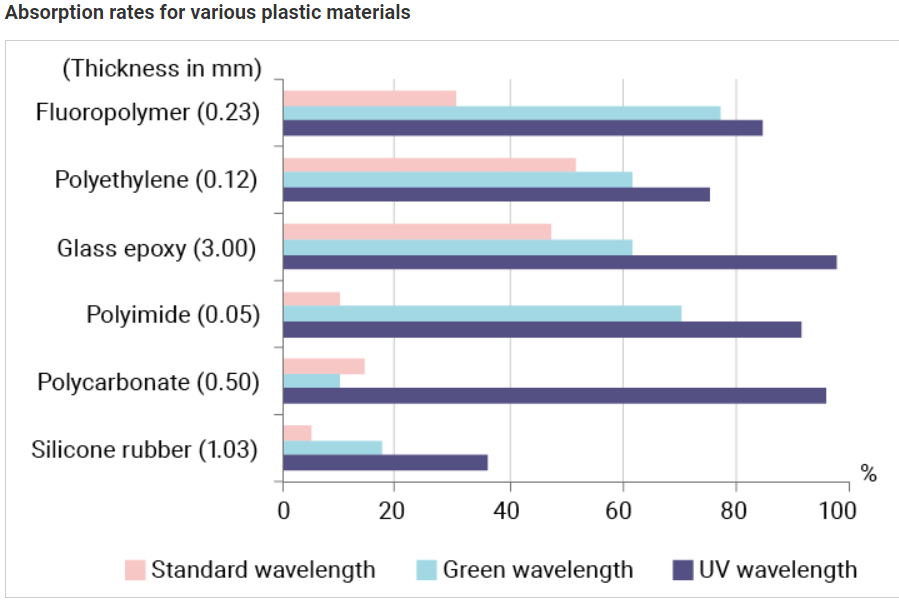
¿Qué es el marcado láser para plástico?
Dec 28 , 2022This section describes information ranging from the principles of plastic marking and processing to advantages grouped by laser wavelength. It introduces marking examples and the optimal laser markers for a variety of materials such as ABS, epoxy, and PET.
Plastic marking/processing types
Paint peeling
Peel the paint or printing on the target surface to bring out the contrast with the colour of the base material.

(Example) pain peeling
When the design is changed, conventional methods using printing or stamps required the printing plate to be changed. With a laser marker, you can handle it flexibly by just changing the program.
Surface peeling
Remove/engrave the surface layer with a 355 nm laser diode.

(Example) Half cut
Use a laser marker to process a cutting section. A cutter was used in the conventional method; however, there were problems such as difficult adjustment and time-consuming changeover between product types. Moreover, the method incurred costs for replacing the blade and there was a risk of the blade being left in the product.
Colour development
Irradiate a plastic target with a laser to develop a colour in the target itself.

(Example) Wide-area marking on LSI
Using a laser to irradiate the plastic for colouration without engraving ensures minimal damage to the target during marking. In addition, areas of up to 330 × 330 mm can be marked all at once, mechanical equipment costs can be reduced thanks to the elimination of the need to convey the target as with conventional methods.
Welding
Use the heat of laser radiation to weld and join plastic parts.

(Example) Welding transparent and coloured plastic material
Whereas ultrasonic and vibration welding are known to adversely affect products and cause burrs due to melting, laser welding is non-contact and does not damage the product or cause burrs.
Absorption rate for plastic
Material absorption rate variations by wavelength
El siguiente gráfico muestra la relación de transmisión de un láser fundamental (1064 nm), un láser verde (532 nm) y un láser UV (355 nm) para varios materiales plásticos. El PVC, el ABS y el poliestireno, tanto los láseres fundamentales como los verdes, muestran una relación de transmisión baja y una relación de absorción alta, lo que garantiza un buen marcado. Por otro lado, la relación de transmisión para la poliimida es de alrededor del 30 % con un láser verde (532 nm) pero de más del 90 % con un láser fundamental (1064 nm). La relación de absorción varía mucho dependiendo de la longitud de onda.
